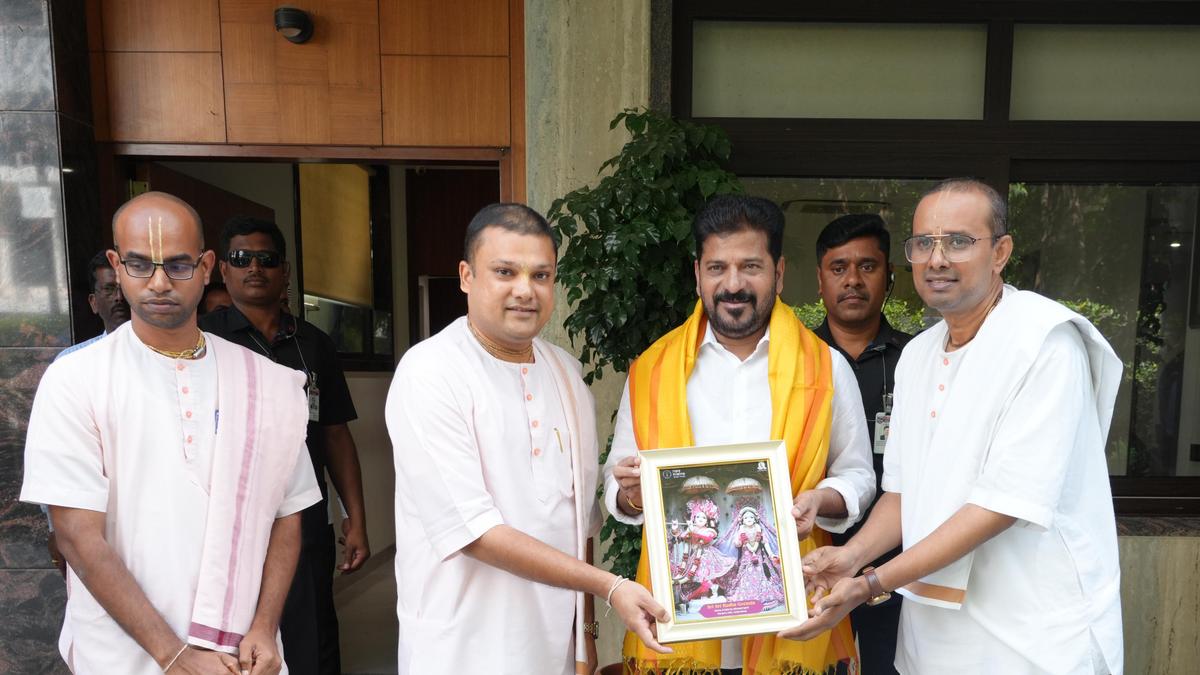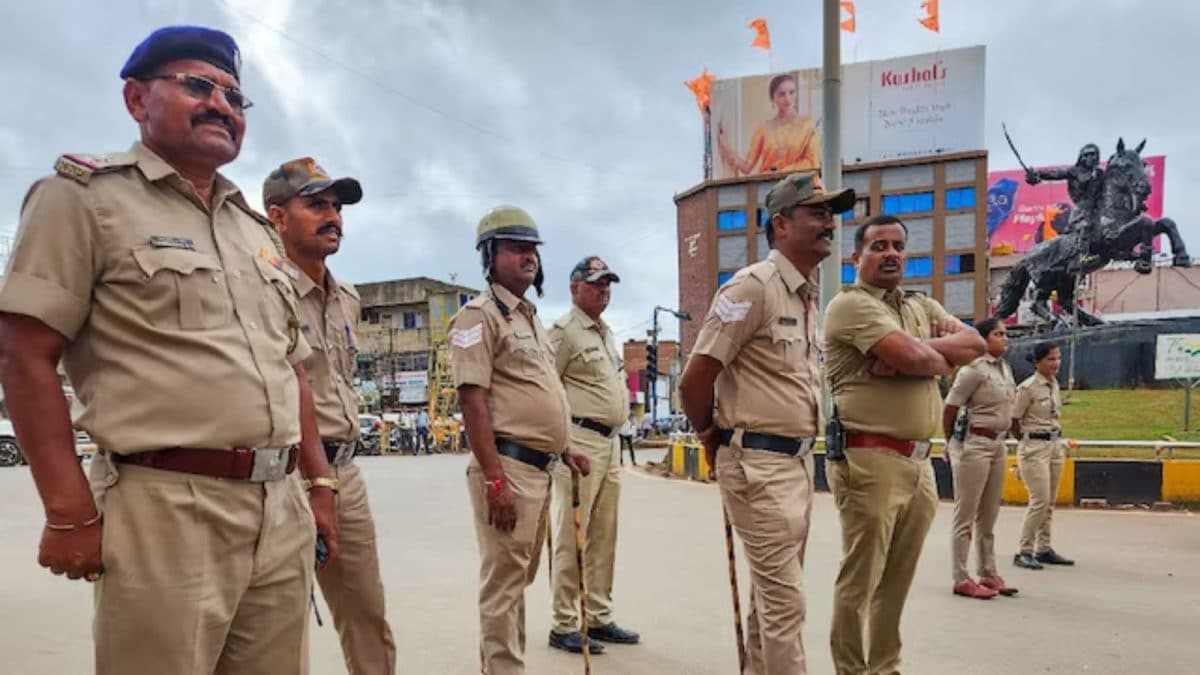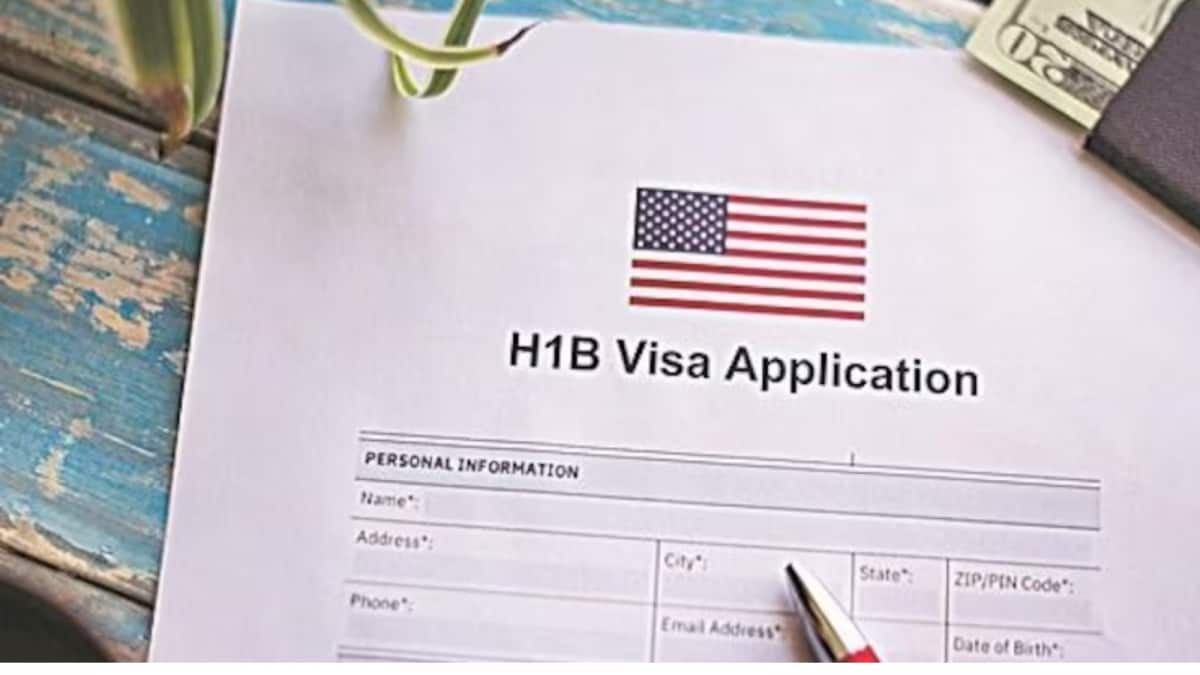Lalu Prasad was re-elected as the national president of the Rashtriya Janata Dal (RJD) for the 13th consecutive time on June 24, 2025. No one else has held this post in the 28-year-old party. At 77 and battling persistent health issues, Mr. Lalu is no longer at the centre of active politics, but he remains the party’s mascot, one who keeps both the RJD afloat and weighs it down in equal measure.
On March 10, 1990, Mr. Lalu took oath as the 25th Chief Minister of Bihar — the first to be sworn in outside the Raj Bhavan in Patna. Though only 42 at the time, he had been in politics for more than a decade, winning four major elections: two terms in Parliament (1977 and 1989) and two in the Bihar Legislative Assembly (1980 and 1985).
At the sprawling Gandhi Maidan in Patna, a hopeful crowd looked on as Mr. Lalu took the oath of office. In the initial months of his regime, the country watched with fascination as Mr. Lalu conducted surprise inspections at schools and offices, publicly rebuked bureaucrats, shared meals with the poor, directed traffic with a megaphone in hand, and held Cabinet meetings like a chaupal (village meetings held in a courtyard). He built for himself a constituency of the backward classes that had been inching towards power but remained far too fragmented to seize it.
To many, he was a political Robin Hood, robbing the Swarna (upper castes) of their voice and lending it to the poor and marginalised. Derecognising Maithili as an official language was one such step as he viewed it as a “Sanskritised Brahminical tongue”, even though it was the lingua franca of north Bihar. Mr. Lalu upended the existing political order, ostensibly to rebuild it along more egalitarian lines. And he did. Inequality, however, is endemic, a seemingly inescapable feature of human life, and thus, a new elite took the place of the old.
Bihar is no longer the State that Mr. Lalu once ruled, nor is he the same person, who sat in the Chief Minister’s chair. Mr. Lalu follows a routine of 14 pills a day and shuttles between hospital and home. His health remains precarious since undergoing a kidney transplant in December 2022. The State, meanwhile, finds itself caught in a dichotomy of hyperpolitical awareness and years of economic neglect. Mr. Lalu may no longer be at the helm, but his shadow continues to loom over the State’s political firmament.
It has been two decades since Mr. Lalu’s rule, directly and through his wife, Rabri Devi, ended in November 2005. An entire generation of voters has not seen either of them as Chief Minister, and yet stories of their alleged misrule endure. The State has witnessed four Assembly elections since then, but the charge against the RJD, of being the propagators of “jungle raj”, remains unchanged.
On January 18, 2025, anticipating Mr. Lalu’s absence, his younger son, Tejashwi Yadav, was handed the baton of leadership. While Mr. Lalu remains the national president of the RJD, Mr. Tejashwi has been entrusted with powers equivalent to that of the party chief. This move merely formalised an arrangement that had already been in place. Mr. Tejashwi was already functioning as the de facto president of the party.
There are many accounts of how the term “jungle raj” originated. In one version that Mr. Lalu himself recounts in his autobiography Gopalganj to Raisina-My Political Journey, co-written with journalist Nalin Verma, he traces the phrase back to his first term in office when he went around “cleansing the vestiges of exploitation”. One such symbol of the old order was the verdant Patna Golf Course, spread over nearly 200 acres along the leafy Bailey Road. The course was under the control of the Gymkhana Club, established in 1916 by the British, and was accessible to a limited number of “urban elite”. However, land records showed that the land belonged to the State government. Mr. Lalu initiated a move for the government to take over the Golf Club and convert it into a safari park for the lions and tigers confined in the adjacent Patna Zoo. “I thought if the poor and hard-working people had no access to the Golf Club, why should the limited number of members of the elite have it? It was better to link it to the zoo so that at least the animals could roam around freely.” There was an immediate backlash. “They blasted me for resorting to dictatorship, and they said I had brought in jungle raj in Bihar.” The Golf Club remains as Mr. Lalu did not go ahead with the decision.
The other, and perhaps the more popular, version of the story is that the term was first used by the Patna High Court in August 1997.
In the 1995 Assembly election, the Janata Dal won 164 seats in the 324-member Bihar Assembly, securing a majority of its own. The electorate had united under the slogan “Vote Lalu ka, raj humara” (Vote for Lalu, and the rule will be ours). This marked the first time any incumbent Chief Minister had secured a second consecutive term since the interminable tenure of Shri Krishna Sinha, who died in office in January 1961. Between Mr. Sinha and Mr. Lalu, Bihar saw 23 Chief Ministers and five spells of President’s Rule. None of those Chief Ministers completed a full term, with their tenures ranging from just four days to three-and-a-half years.
In a fragmented Janata Dal, Mr. Lalu outstripped all other leaders. Thus, his elevation on January 29, 1996, to the post of national president of the Janata Dal did not take anyone by surprise. However, what was not so obvious was the beginning of his downfall, which nearly coincided with his coronation. While he exulted in his new role, back home in Patna, investigations into allegations of excess fund withdrawals from various branches of the government’s Animal Husbandry Department had begun. In June 1997, Bihar Governor A.R. Kidwai granted permission to the Central Bureau of Investigation (CBI) to charge the Chief Minister. The knives were out for him in the Janata Dal and the chorus seeking his resignation as national president grew louder.
Instead of stepping down, Mr. Lalu split the party. The election for the post of party president was due in July and Sharad Yadav decided to contest against him. Mr. Lalu tried to convince Mr. Sharad Yadav to stand down, even offering to resign from the Chief Minister’s post if he was allowed to retain the post of party president. That was not to be. Consequently, Mr. Lalu walked out with 18 of the party’s 22 Lok Sabha members and six Rajya Sabha members to form his own party, the RJD. However, he was eventually forced to resign as Chief Minister, and he put his wife, Rabri Devi, in his place. Just a few days into Ms. Rabri’s tenure, the Patna High Court, while hearing a contempt petition regarding poor civic conditions in the State capital, observed that there was no State government worth the name and “jungle raj” prevailed in Bihar.
Mr. Lalu Prasad’s initiation into politics was rooted in opposition to the dynastic rule of the Congress, and yet he went on to establish a dynasty of his own. He has nine children — seven daughters and two sons. For the family, politics has often been personal. Mr. Lalu was in jail when his first child — his eldest daughter — was born on May 22, 1975. He was booked under the Maintenance of Internal Security Act (MISA), a notorious legislation aimed at suppressing dissent. It was passed in Parliament in 1971 and repealed in 1977. On the suggestion of Jayaprakash Narayan, Mr. Lalu named his daughter Misa, after the very law under which he was imprisoned.
The sons
Barring a few slips, the family has not had any public showdown over control of the party, though underlying tensions remain. Mr. Tejashwi Yadav was not even six months old when his father became Chief Minister. The transition from being known as Mr. Lalu Prasad’s son to establishing his own political identity took time. Politics was not his first career choice. He started as a cricketer after dropping out of Class 10. A middle-order batsman with a good cover drive, Mr. Tejashwi was part of Delhi’s Under-19 cricket team around the same time as Virat Kohli. He also played one season for Jharkhand in the Ranji Trophy. Later, he was picked by the Delhi Daredevils (now Delhi Capitals) in the Indian Premier League, where he remained on the reserve bench for four seasons, from 2008 to 2012.
Mr. Lalu chose Mr. Tejashwi over his elder brother, the maverick Tej Pratap Yadav, as his political heir. Mr. Tejashwi made his first public address during the 2010 Assembly election, when he accompanied his father on the campaign trail. It was finally in 2012 that he gave up cricket and decided to concentrate fully on politics.
When Mr. Lalu was arrested in September 2013, Mr. Tejashwi was already at the helm of party affairs. However, the RJD was not yet ready to anoint him as heir. Ram Kripal Yadav, a key aide of Mr. Lalu, was among those deeply unhappy with Mr. Tejashwi’s elevation. “Tejashwi is very involved in party affairs. But he will be made a leading face of the party only in the long term,” he told reporters at the time, dismissing Mr. Tejashwi’s elevation outright. A year later, Mr. Ram Kripal Yadav switched over to the BJP after Mr. Lalu chose his daughter Ms. Misa Bharti over him as the candidate for the Patliputra Lok Sabha seat.
In 2014, Mr. Tejashwi was not yet 25 and could not contest the Lok Sabha election. Staying out of the electoral fray proved to be a blessing in disguise. The RJD suffered a rout, winning only four of the 40 Lok Sabha seats in Bihar. Ms. Rabri Devi lost from Saran and Ms. Misa from Patliputra. He contested his first election in 2015 from the Raghopur Assembly constituency, defeating the BJP’s Satish Kumar, who had won against his mother in 2010. With the RJD winning 81 seats, 11 more than the JD(U) in the Assembly election, it marked a resounding victory for Mr. Lalu, who had spent years in the political wilderness. Soon after, Mr. Tejashwi was promoted to the position of Deputy Chief Minister of Bihar.
Mr. Lalu’s older son, Mr. Tej Pratap Yadav, has often hit the headlines for the wrong reasons. From videos of him slapping and pushing party workers on stage or openly humiliating senior leaders who have worked with his father, his behaviour has often drawn criticism. Both the family and the party had largely tolerated him and ignored his antics. During his two stints as Deputy Chief Minister, Mr. Tejashwi was often seen touching his elder brother’s feet at public meetings, a reassuring gesture meant to indicate that the family hierarchy remained intact.
The patience of the Yadav clan finally ran out in May 2025 after a post appeared on Mr. Tej Pratap’s Facebook account showing him with a woman. The caption suggested that they had been in a relationship for 12 years. This came even as his divorce proceedings with Aishwarya Rai, granddaughter of former Bihar Chief Minister Daroga Prasad Rai, were still ongoing. Mr. Lalu announced his expulsion from the party for six years.
“Ignoring moral values in personal life weakens our collective struggle for social justice. The activities, public conduct, and irresponsible behaviour of the eldest son are not in accordance with our family values and traditions,” he said while making the announcement.
The 2020 Bihar Assembly election was the first time that Mr. Tejashwi led the campaign independently, though Mr. Lalu made significant decisions, picking candidates and negotiating with allies. Mr. Tejashwi was the face of the party. He ran a blistering campaign, sprinting from one election rally to the next. He addressed 247 rallies and four roadshows, the highest by any leader during that election. The party rallied behind him with the slogan “Tejashwi tai hai!” (Tejashwi is confirmed). Even Mr. Lalu’s photographs were removed from the campaign posters to distance the party from the criticism of “jungle raj”, the central theme of Chief Minister Nitish Kumar’s counter-campaign. These changes, however, did not blunt the BJP’s campaign. Prime Minister Narendra Modi referred to Mr. Tejashwi as the “jungle raj ka yuvraj” (the crown prince of jungle raj) at rallies he addressed in the State. The RJD leadership chose not to respond and engage with the narrative. As the State heads into polls, the RJD will once again have to confront the ghosts of “jungle raj” afresh.
A relatively young party, the RJD has had three stints in government — one full term between 2000 and 2005, when with 124 seats, it was the leading partner in the government and Ms. Rabri Devi was the Chief Minister, and two short stints in alliance with the JD(U) (November 2015-July 2017 and August 2022-January 2024). Barring the 2010 blip, when it won just 22 seats in the Assembly, the RJD has largely managed to hold its ground. In the last two Assembly elections, the RJD emerged as the single largest party, winning 81 seats in 2015 and 75 in 2020. On both occasions, it came within striking distance of victory but stumbled before the finishing line. This can be attributed to the RJD’s identity of primarily being a Muslim-Yadav party, a perception partially of Mr. Lalu’s own making and partially the result of the circumstances.
Mr. Lalu Prasad’s rise to power coincided with the Mandal-Mandir wave. The Muslim minority, disillusioned with the Narasimha Rao government’s failure to save the Babri Masjid in Ayodhya, found itself adrift. In Bihar, they gravitated towards Mr. Lalu, especially after he stalled BJP president L.K. Advani’s rath yatra. The Janata Dal, which already drew support from the Other Backward Classes — broadly classified as Mandal communities — became a formidable force with the addition of the minority support.
Mr. Lalu’s politics is summed up by a slogan attributed to him — “Bhurabal hatao”, with “Bhurabal” being a shorthand for Bhumihars, Rajputs, Brahmins, and Lalas (Kayasthas). In his autobiography, Mr. Lalu rejects the slogan, claiming it to be a figment of a reporter’s imagination.
“One Day I woke up to a report in a Hindi newspaper which quoted me as saying ‘Bhurabal saaf karo’ ... It added that I had systematically worked to demolish them financially, socially and politically. I was shocked at the damning report… Though I loved lacing my speeches with earthy phrases, I had no contempt for any caste in even the remotest corner of my heart and there was no question of my having ever given a clarion call to wipe out the upper castes in Bihar. I vehemently rejected the motivated news report.”
In his first term, Kurmi and Koeri voters had begun distancing themselves from Mr. Lalu, in reaction to the Yadav domination in his government. The final rupture came in February 1994 in the form of the Kurmi Chetna Rally. Resentment against Mr. Lalu’s regime overflowed at Patna’s Gandhi maidan. Mr. Nitish Kumar’s presence on stage added to the revolt. In April 1994, Mr. Nitish walked out of the Janata Dal, taking the Kurmi-Koeri vote bank with him.
Mr. Lalu’s identification as a Muslim-Yadav leader became more pronounced after the formation of the RJD. “In a regional outfit, it is only natural that the party is identified by the leader’s own caste,” Rahul Verma, a fellow at the Centre for Policy Research, explains. He argues that the rise of the BJP created further conditions for the mobilisation of Yadavs and Muslims.
“BJP’s rise further fragmented Bihar’s polity. In a multi-cornered competition, it is essential to have a captive vote bank for any party to be in the race. And it was obvious that Lalu must have felt that a Muslim-Yadav consolidation gives him a captive vote of 25%,” Professor Verma says. While this strategy brought dividends in the early years, it also restricted the party’s growth beyond its core voter base.
“Post-2014, not only in Bihar but in large parts of the country, a bipolar contest is on, with BJP being one pole. BJP has effectively pitted the non-dominant OBC against the dominant caste in the Hindi belt. Mobilisation of Muslims and Yadavs, usually, is accompanied with an equally strong counter-mobilisation,” he explains.
The RJD has been making efforts to break out of this mould. In the 2020 Bihar election, Mr. Tejashwi tried to rework the campaign using caste-neutral tones and centering it on “unemployment”. With hindsight, the shift in strategy may appear as a calculated step, but Mr. Tejashwi’s comrades claim it evolved organically. Bihar was the first State to go to the polls amid the pandemic. On October 24, 2020, Mr. Tejashwi held a press conference in Patna flanked by party leaders wearing masks. Responding to a question, he declared that if the RJD came to power, it would deliver 10 lakh jobs. The promise struck a chord with the youth, who were already reeling under the economic fallout of the pandemic. From then on, it became the anthem for the RJD.
However, Professor Verma says the RJD’s employment-centric campaign alone cannot be credited for the party’s performance. “A few months before the elections, Tejashwi Yadav was completely out of the picture. He ran a spirited campaign, bringing economic distress and governance issues to the centre stage. But we must remember, the results also reflected the crisis within the NDA. Till very late, the BJP did not endorse Nitish Kumar as the NDA Chief Minister. Then there was the LJP raising a flag of rebellion against Nitish Kumar,” Professor Verma adds. The RJD is now making deliberate efforts to reach out to the non-Yadav OBC communities to create a wider coalition of backward classes, which once backed the Janata Dal. With Nitish Kumar’s influence on the wane, it is sensing an opportunity to win over Kushwahas and Kurmis.
At an election rally in Patna’s Gandhi Maidan in March 2024, Mr. Tejashwi said, “Some people say that we are only a MY party, a party of Muslims and Yadavs. But we are also a BAAP party, where B stands for Bahujan, A for Agda (upper caste), A for Aadhi Aabadi (women), and P for poor.” The party’s performance in the 2024 Lok Sabha election marked an improvement over 2019, when it drew a blank. The RJD won four seats, increasing its vote share by six percentage points. While encouraging, this result is hardly sufficient for the party to regain the national role that it enjoyed in the 1990s.
In the 2025 Bihar election, the RJD is keen to draw a contrast between the youthful Tejashwi Yadav and the 74-year-old incumbent Chief Minister Nitish Kumar. It is also hoping that the anti-incumbency factor will catch up with the NDA after spending two decades in power. The question is whether all these baby steps that the RJD has been taking to reach out to a larger vote base help it reach the finishing line, or it will need greater leaps to reclaim its position in the electoral landscape.
This article is part of The Hindu’s e-book Bihar at a crossroads.

 5 days ago
10
5 days ago
10









 English (US) ·
English (US) ·